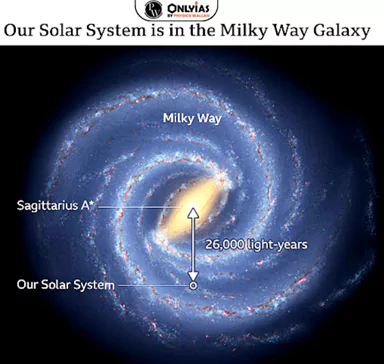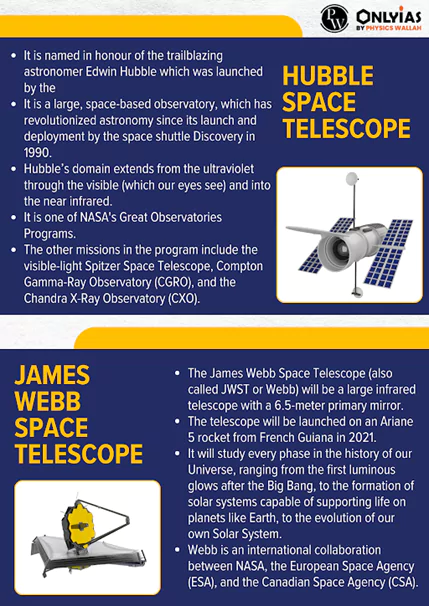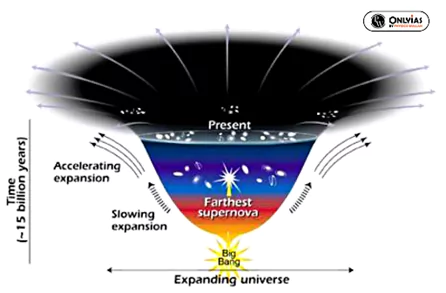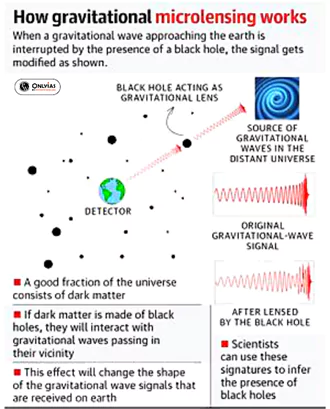Introduction: Exploring Milky Way Galaxy and Beyond #
A galaxy is like a huge family of stars, planets, and cosmic objects all held together by gravity. Our home in space is called the Milky Way Galaxy, where the Sun and our solar system are just tiny parts. It’s like a big, sparkling city in the universe, and there are billions of other galaxies out there, too. Exploring galaxies helps us learn about the incredible vastness of space.
Milky Way Galaxy: Evolution, Diversity, and Cosmic Scale #
A galaxy is a massive, gravitationally bound system of stars, stellar remnants, interstellar gas, dust, and dark matter. These components are held together by gravity.
- Evolution and Formation of Milky Way Galaxy: Galaxies evolve and change over time through processes such as mergers, collisions, and star formation.
- Hubble’s Law: Edwin Hubble’s observations in the early 20th century led to the discovery of the expansion of the universe.
- He found that galaxies are moving away from us, and their recessional velocities are directly proportional to their distances from us.
- This relationship is known as Hubble’s Law.
- Populations: Galaxies contain different populations of stars, including young, hot, and massive stars, as well as older, cooler stars.
- This diversity is often reflected in the galaxy’s colour and characteristics.
- Size and Scale: Galaxies vary in size from a few thousand to hundreds of thousands of light-years across.
- The Milky Way Galaxy is approximately 100,000 light-years in diameter.
- Clusters and Groups: Galaxies are not isolated, they can be found in groups or clusters, which are collections of galaxies bound by gravity.
- The Local Group is a small cluster that includes the Milky Way Galaxy, Andromeda, and several other galaxies.
| Diversity of Galaxies: Elliptical, Irregular, and Spiral Structures | ||
| Elliptical Galaxies |
|
 |
| Irregular Galaxies |
|
|
| Spiral Galaxies |
|
|
- Notable Galaxies: Some famous galaxies include the Andromeda Galaxy (M31), the Triangulum Galaxy (M33), the Whirlpool Galaxy (M51), and the Sombrero Galaxy (M104), among others.
- Observing Galaxies: Astronomers use telescopes, both ground-based and space-based (e.g., the Hubble Space Telescope), to study galaxies in various wavelengths of light, including visible, infrared, and radio waves.
- Galaxy Exploration: Human-made spacecraft, such as the Hubble Space Telescope, have provided invaluable data about galaxies beyond our own.
- Future missions, like the James Webb Space Telescope, will further our understanding of distant galaxies.
- Exoplanets: Some galaxies may host planetary systems, including exoplanets, orbiting stars within them.
- Dark Matter: A significant portion of a galaxy’s mass is attributed to dark matter, an invisible substance that does not emit or interact with electromagnetic radiation but exerts gravitational influence. Dark matter helps hold galaxies together.
- Supermassive Black Holes: Many galaxies, including the Milky Way Galaxy, harbor supermassive black holes at their centers.
- These black holes can have millions or even billions of times the mass of our sun.
The Milky Way Galaxy: A Cosmic Journey through Stars, Mysteries, and Collisions #
The Milky Way Galaxy is the galaxy where our solar system, including Earth, is located. It contains billions of stars, including our Sun, and their planets.

- Spiral Shape: The Milky Way Galaxy has a spiral shape, like a giant pinwheel with arms swirling out from the centre.
- Massive Size: It’s enormous, stretching over 100,000 light-years from one end to the other.
- Centre: At the centre of the Milky Way Galaxy lies a supermassive black hole called Sagittarius A*.
- This black hole has a mass millions of times greater than that of the Sun.
- Motion: Stars within the Milky Way Galaxy, including the Sun, orbit the galactic centre.
- It takes our Sun about 230 million years to complete one full orbit around the galaxy – this is called a galactic year.
- Star Clusters: The Milky Way Galaxy contains various types of star clusters, including open clusters (groups of relatively young stars) and globular clusters (dense, spherical collections of old stars).
- Life in the Milky Way Galaxy: Earth is located in the habitable zone of the Milky Way Galaxy, where conditions are suitable for life as we know it.
- It is possible that other planets within the galaxy could harbour life, but we have not yet found definitive evidence.

- Unanswered Questions: Despite our extensive knowledge, there are many mysteries about the Milky Way Galaxy, including the nature of dark matter, the history of its formation, and the existence of other potentially habitable planets.
- Exploration: Scientists study the Milky Way Galaxy using telescopes and space probes.
- Advanced telescopes like the Hubble Space Telescope help us observe distant stars and galaxies within our own galaxy.
- Neighbourhood: The Milky Way Galaxy is part of a group of galaxies called the Local Group, which includes the Andromeda Galaxy, the Triangulum Galaxy, and about 54 other smaller galaxies.
- Collision: In the distant future, the Milky Way Galaxy and the Andromeda Galaxy are expected to collide and merge, forming a new, larger galaxy.
Universe’s Hidden Forces: Dark Matter and Dark Energy #
Many scientists are pretty sure that everything we can see in the universe, like stars and galaxies, is only about 5% of all the stuff out there. They think the rest is made up of two things we can’t see: dark matter and dark energy.
- The visible universe we see is the result of various interactions among the four Fundamental forces acting upon the particles, namely-
- Strong nuclear force
- Weak nuclear force
- Electromagnetic force
- Gravitation
- About Dark Matter: Dark matter is a mysterious substance in the universe that doesn’t have an electric charge.
- It doesn’t interact with light or other electromagnetic forces.
- It behaves like regular matter in terms of having mass and responding to gravity.
- Detecting Dark Matter: Detecting dark matter is tough because gravity, the force it interacts through, is very weak.
- Its interactions are so feeble that it’s challenging to spot dark matter amidst the noise created by other known particles.
- Dark Energy : It is a theoretical type of energy that works in the opposite way of gravity.
- It has a negative and repulsive effect.

- Explaining Its Hypothesis: Scientists propose Dark Energy as an explanation for what we observe when we look at distant type Ia supernovae.
- These supernovae indicate that the universe is expanding at an accelerated rate.
- Inference from Gravitational Interactions : Just like Dark Matter, we can’t see Dark Energy directly.
-
- Instead, we figure out its existence from how it affects the way things in the universe behave gravitationally.
- Major Contributor to the Universe: Dark Energy makes up a significant portion of the universe, about 72% of the total mass and energy in the cosmos.
Recent Research – Exploring Primordial Black Holes and Gravitational Lensing
Unfinished Theories:
Gravitational Lensing Approach:
What is Gravitational Lensing?
Types of Gravitational Lensing:
|
Conclusion: #
- In its vastness and complexity, the Milky Way Galaxy stands as a testament to the wonders of the cosmos, offering a glimpse into the mysteries of dark matter, the enigmatic nature of supermassive black holes, and the potential for life beyond our own planet. As we continue to explore its depths, the impending collision with the Andromeda Galaxy serves as a reminder of the ever-evolving nature of the universe.
| UPSC Civil Services Examination Previous Year Question (PYQ)
Q. In the context of modern scientific research, consider the following statements about ‘IceCube’, a particle detector located at South Pole, which was recently in the news: (2015)
Which of the statements given above is/are correct? (a) 1 only Ans: (d) |

 GS Foundation
GS Foundation Crash Course
Crash Course Combo
Combo Optional Courses
Optional Courses Degree Program
Degree Program













